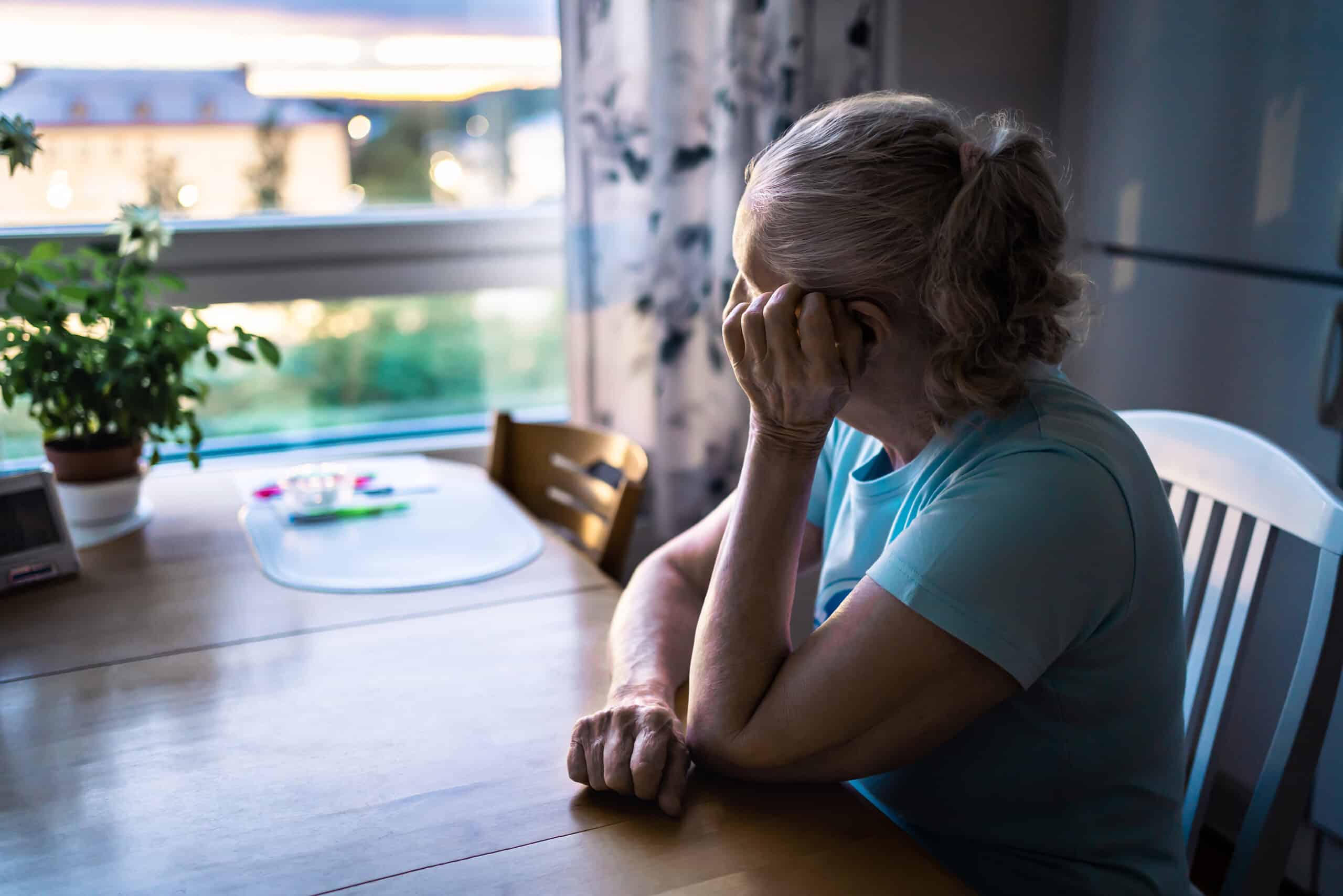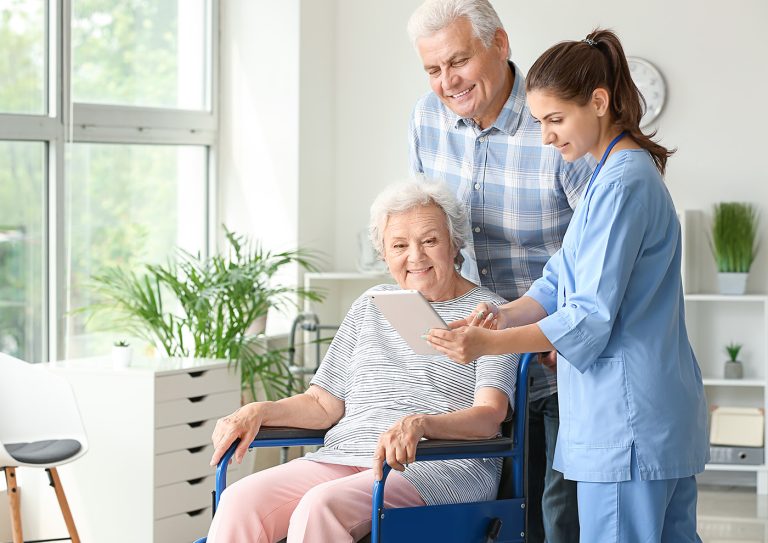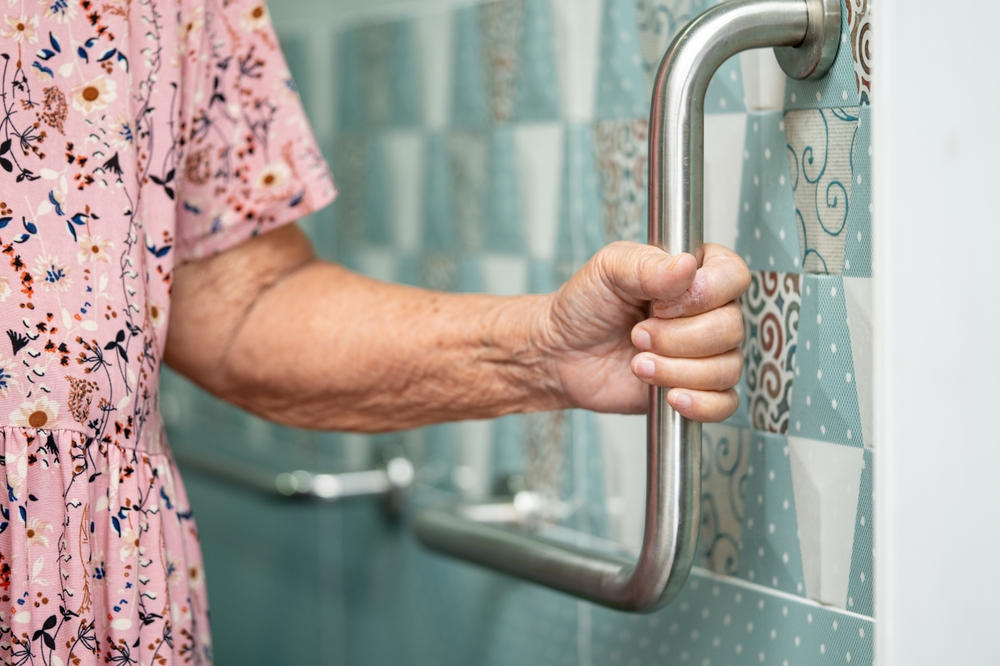In today’s rapidly evolving world, ensuring the safety and well-being of our elderly loved ones is more crucial than ever. With the advent of technology, families now have several options to enhance the care and security of seniors. Two popular methods are fall detection devices and caregiver check-ins. These systems are designed to address the common issue of falls among the elderly, a significant concern that can impact their quality of life. Understanding the differences and benefits of each can help families make informed decisions.
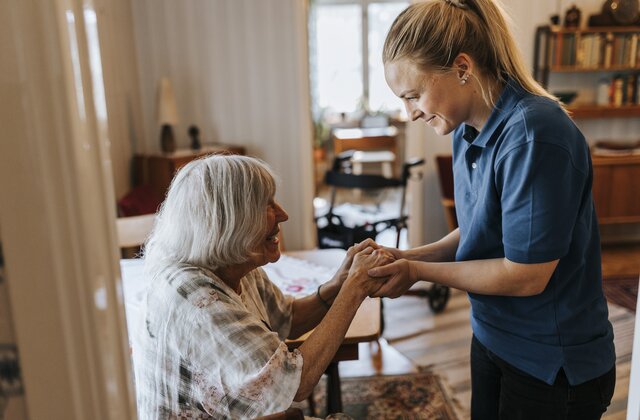
Understanding the Importance of Fall Prevention
Falls are one of the most common accidents among seniors, often leading to serious injuries. According to the CDC, falls are the leading cause of injury-related deaths among adults over 65. This alarming statistic underscores the need for effective fall prevention strategies.
What is Fall Detection?
Fall detection technology is designed to automatically sense when a fall occurs. These devices typically use sensors to detect sudden changes in position or impact. Once a fall is detected, the system can alert emergency contacts or call for help. This immediate response can be crucial in reducing the severity of injuries sustained during a fall.
Advantages of Fall Detection Systems
One of the main benefits of fall detection is its ability to provide instant alerts, ensuring timely assistance. This feature can be lifesaving, especially for seniors living alone. Additionally, many fall detection devices come with features like GPS tracking and two-way communication, adding an extra layer of security.
What are Caregiver Check-ins?
Caregiver check-ins involve regular visits or calls from a caregiver to assess the well-being of a senior individual. This method emphasizes human interaction, allowing caregivers to provide personalized care and attention. Check-ins can be scheduled daily, weekly, or as needed, depending on the senior’s requirements.
Benefits of Caregiver Check-ins
The primary advantage of caregiver check-ins is the personal touch. Caregivers can assess the physical and emotional state of seniors, offering support and companionship. This interaction can significantly enhance a senior’s quality of life by reducing feelings of isolation and loneliness. More about the emotional benefits can be found in this smart elderly care solutions article.
Comparing Fall Detection and Caregiver Check-ins
Technology vs. Human Touch
While fall detection relies on technology to ensure safety, caregiver check-ins offer the human touch. Both methods have their unique advantages and limitations. Fall detection systems may not always detect every fall accurately, while caregiver check-ins might not be feasible at all times due to logistical constraints.
Cost Considerations
When choosing between fall detection and caregiver check-ins, cost can be a significant factor. Fall detection devices often require an initial investment and may have ongoing subscription fees. In contrast, caregiver check-ins can vary in cost depending on the frequency and duration of visits, as well as the caregiver’s qualifications.
Convenience and Flexibility
Fall detection systems offer convenience as they function continuously without the need for human intervention. However, caregiver check-ins provide flexibility in terms of personalized care and can be adjusted to meet the changing needs of seniors.
Integration of Both Solutions
Combining fall detection with caregiver check-ins can provide a comprehensive care solution. For instance, a senior living alone can benefit from the constant surveillance of a fall detection device, complemented by the personalized care of regular caregiver visits. This integrated approach ensures maximum safety and emotional support.
Case Study: Successful Integration
Consider the example of Mrs. Smith, an 82-year-old living independently. She uses a fall detection device linked to her emergency contacts and has weekly check-ins with her caregiver. This combination has allowed her to maintain her independence while ensuring her safety and well-being.
The Future of Elderly Care
As technology continues to advance, the landscape of elderly care will evolve. Emerging technologies such as AI and IoT are expected to enhance the capabilities of fall detection systems and caregiver services. These innovations will provide families with more options to ensure the safety and happiness of their elderly loved ones.
Research and Development
Ongoing research in fall prevention exercises, as discussed in this fall prevention research article, is crucial in developing effective strategies for reducing fall-related injuries among seniors.
Conclusion
Choosing between fall detection and caregiver check-ins ultimately depends on the unique needs and circumstances of each senior. Families should consider factors such as the senior’s health condition, lifestyle, and personal preferences. By understanding the benefits and limitations of each method, families can make informed decisions that provide the best care for their loved ones.
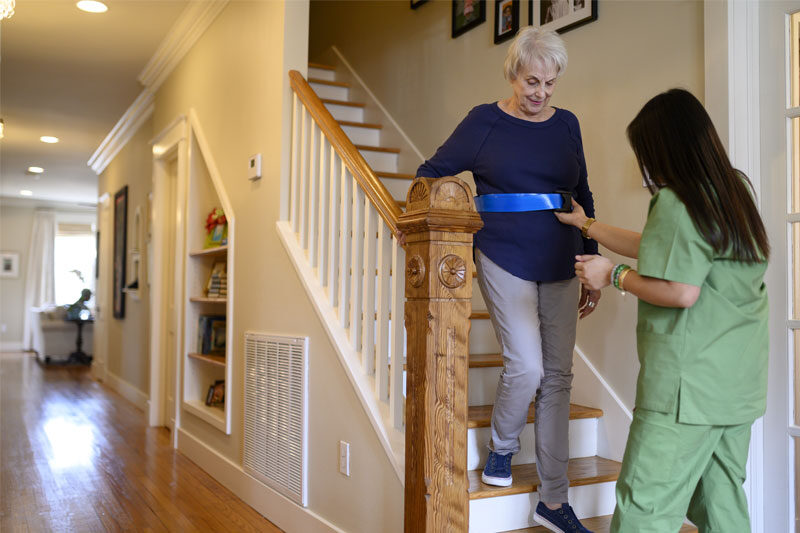
FAQs
What is the primary benefit of fall detection devices?
The primary benefit of fall detection devices is their ability to provide instant alerts in the event of a fall, ensuring timely assistance and reducing the risk of severe injuries.
Are caregiver check-ins expensive?
The cost of caregiver check-ins can vary depending on the frequency and duration of visits, as well as the caregiver’s qualifications. It is important to assess your budget and care needs when considering this option.
Can fall detection and caregiver check-ins be used together?
Yes, combining both methods can provide comprehensive care. Fall detection offers continuous monitoring, while caregiver check-ins provide personalized care and support.
This article contains affiliate links. We may earn a commission at no extra cost to you.

